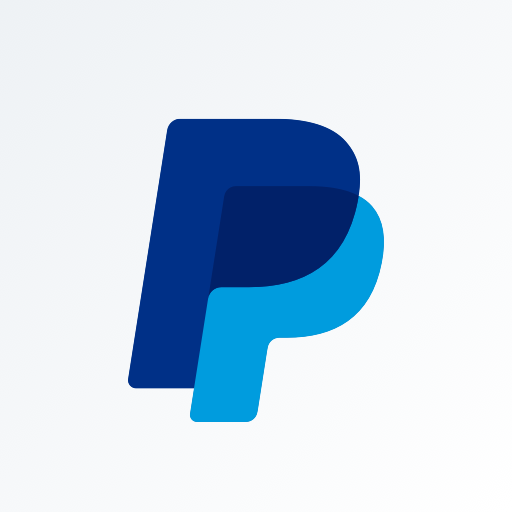I LOVE design psychology.
@Apple, @NotionHQ, and @Family all exploit the same psychological loophole to dominate their competition.
It's called Jakob's Law.
Once you understand it, you'll never look at product design the same way again 🧵
@Apple, @NotionHQ, and @Family all exploit the same psychological loophole to dominate their competition.
It's called Jakob's Law.
Once you understand it, you'll never look at product design the same way again 🧵
Jakob's Law is simple:
Users bring expectations from EVERY other app they've used before yours.
This means people prefer your product to work the SAME WAY as products they already know.
Break this, and you're training users from scratch. Good luck with that.
Users bring expectations from EVERY other app they've used before yours.
This means people prefer your product to work the SAME WAY as products they already know.
Break this, and you're training users from scratch. Good luck with that.
Jakob's Law in practice:
When your design matches users' expectations, it feels "intuitive."
When you break it, users get that "WTF" feeling.
Suddenly they have to think about your interface instead of just using it.
Design isn't art. It's psychology.
When your design matches users' expectations, it feels "intuitive."
When you break it, users get that "WTF" feeling.
Suddenly they have to think about your interface instead of just using it.
Design isn't art. It's psychology.
Jakob's Law explains why the best designers don't create new patterns.
They leverage existing mental models to make products that feel familiar yet better.
Every successful app has:
• Consistent navigation placement
• Standard icons (⚙️ for settings)
• Expected button behaviors
They leverage existing mental models to make products that feel familiar yet better.
Every successful app has:
• Consistent navigation placement
• Standard icons (⚙️ for settings)
• Expected button behaviors
Jakob's Law in action:
Let's look at @family:
It uses chat-like interfaces that feel like iMessage or WhatsApp. But for finance.
As a result, money management feels as intuitive as texting your friends & users INSTANTLY know how to use it without learning anything new.
Let's look at @family:
It uses chat-like interfaces that feel like iMessage or WhatsApp. But for finance.
As a result, money management feels as intuitive as texting your friends & users INSTANTLY know how to use it without learning anything new.
@NotionHQ does the same thing:
It borrows from these apps:
@googledocs → text editing
@trello → kanban boards
@SlackHQ → commenting/collaboration
Even with all its power, it feels somehow... familiar. That's Jakob's Law working its magic.
It borrows from these apps:
@googledocs → text editing
@trello → kanban boards
@SlackHQ → commenting/collaboration
Even with all its power, it feels somehow... familiar. That's Jakob's Law working its magic.
@Apple mastered this decades ago:
• Consistent gestures across iOS
• Predictable menu placements
• Standard button behaviors
Apple rarely surprises users with HOW things work. Their "innovations" are just incremental improvements on familiar patterns.
• Consistent gestures across iOS
• Predictable menu placements
• Standard button behaviors
Apple rarely surprises users with HOW things work. Their "innovations" are just incremental improvements on familiar patterns.

Every time users have to stop and think "how do I use this?" you've lost.
People don't want to learn new UI patterns.
They want to do tasks without thinking about the interface at all.
This is why @Amazon's "Buy Now" button is always orange and always in the same spot.
People don't want to learn new UI patterns.
They want to do tasks without thinking about the interface at all.
This is why @Amazon's "Buy Now" button is always orange and always in the same spot.
Here's how I apply Jakob's Law with clients:
1. Study what apps their users already love
2. Map common interactions & patterns
3. Build on those familiar foundations
4. Only innovate where it adds clear value
It's why my designs convert better.
1. Study what apps their users already love
2. Map common interactions & patterns
3. Build on those familiar foundations
4. Only innovate where it adds clear value
It's why my designs convert better.
When should you break Jakob's Law?
Only when the existing pattern SUCKS. If you're going to break convention, make sure:
• The current standard is genuinely broken
• Your solution is 10x better
• Users can figure it out in under 5 seconds
And always incrementally...
Only when the existing pattern SUCKS. If you're going to break convention, make sure:
• The current standard is genuinely broken
• Your solution is 10x better
• Users can figure it out in under 5 seconds
And always incrementally...
Final thought:
Great design isn't about originality. It's about making complex things feel familiar.
Users don't notice good design. They just feel it. And isn't that the whole point?
Great design isn't about originality. It's about making complex things feel familiar.
Users don't notice good design. They just feel it. And isn't that the whole point?
Founders:
I’ve helped 60+ startups ship beautiful products with GOOD design.
So if you’re looking for a banging UX/UI design for your app/product...
Book a call and let’s see how I can help: cal.com/denisjeliazkov…
I’ve helped 60+ startups ship beautiful products with GOOD design.
So if you’re looking for a banging UX/UI design for your app/product...
Book a call and let’s see how I can help: cal.com/denisjeliazkov…
Liked this thread?
Give your bro @DenisJeliazkov a follow for more cool design processes & breakdowns.
And like/repost to help a fellow designer:
Give your bro @DenisJeliazkov a follow for more cool design processes & breakdowns.
And like/repost to help a fellow designer:
https://twitter.com/711232574245498880/status/1923393083288461578
• • •
Missing some Tweet in this thread? You can try to
force a refresh













